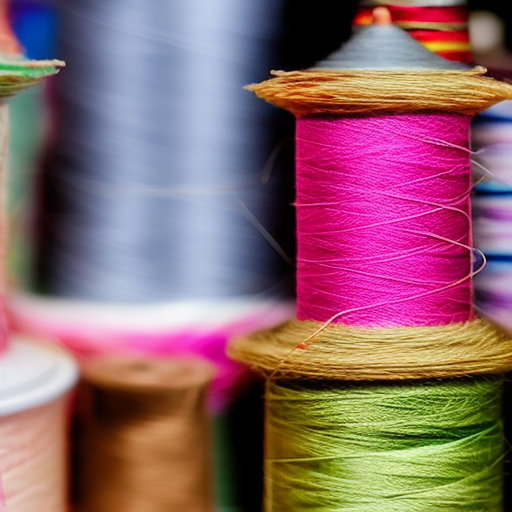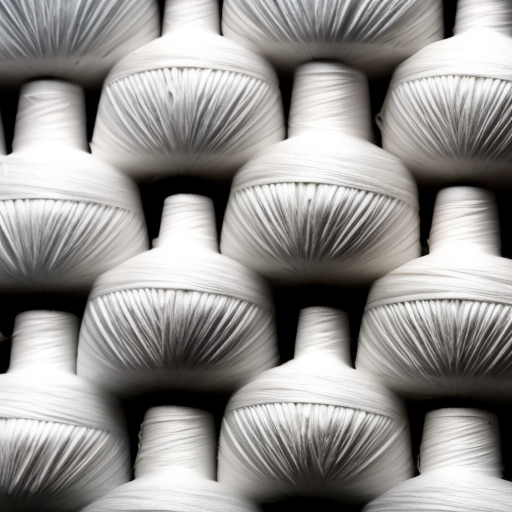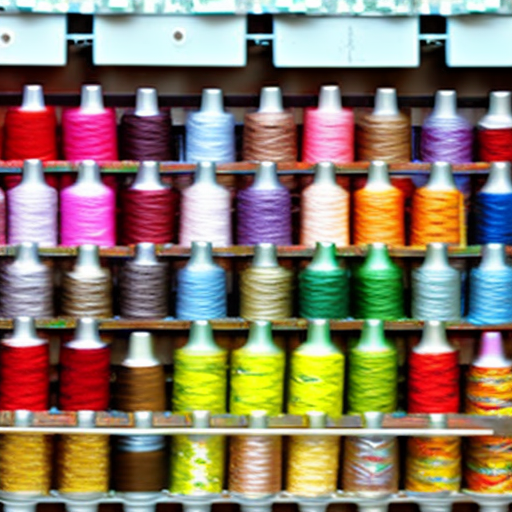

When it comes to sewing, the choice of thread width is crucial in determining the strength, durability, and overall appearance of the finished product. The width of sewing thread refers to its thickness, usually measured in denier or tex. The right thread width plays a significant role in different types of sewing projects, from delicate fabrics to heavy-duty garments.
Importance of Thread Width
Choosing the appropriate thread width ensures that the sewing thread compliments the fabric, preventing potential issues such as thread breakage, loose seams, or visible stitches. Additionally, the thread width affects the overall aesthetic appeal of the final product.
Common Thread Widths
- Fine Thread (30-60 tex): Fine thread is widely used for lightweight fabrics such as silk, chiffon, and lace. Its thin diameter prevents any damage to delicate materials while maintaining a discreet seam.
- Medium Thread (80-120 tex): Medium thread is suitable for a wide range of fabrics, including cotton, linen, and polyester. It provides a balanced strength and appearance, making it ideal for regular sewing projects.
- Heavy Thread (150-300 tex): Heavy thread is designed for durable and heavy-duty projects like upholstery, denim, leather, and canvas. Its thicker width ensures high tensile strength and prevents seams from unraveling.
Considerations for Selecting Thread Width
When selecting the thread width for your sewing project, take the following factors into account:
- Fabric Type: Choose a thread width that complements the fabric’s weight and delicacy to ensure a secure and aesthetically pleasing seam.
- Sewing Machine Capabilities: Check if your sewing machine can handle the desired thread thickness. Some machines may struggle with thicker threads, leading to stitching issues.
- Intended Use: Consider the functional requirements of the garment or project. Heavy-duty materials or items subject to frequent stress may necessitate a thicker thread for enhanced durability.
Conclusion

Investing time and effort in selecting the appropriate sewing thread width can significantly impact the success of your sewing projects. Matching thread width with fabric type, sewing machine capabilities, and intended use ensures strong, durable, and visually appealing results. Whether you are working on delicate materials or tackling heavy-duty tasks, choosing the right sewing thread width will ensure your creations stand the test of time.





Great tips!
John Jonson: Thanks for sharing!
Great info here! Choosing the right thread width is an important factor when it comes to sewing projects. Be sure to check the label and research the type of thread you need for your project before buying! #sewingtips
Very helpful advice!
This is so helpful!